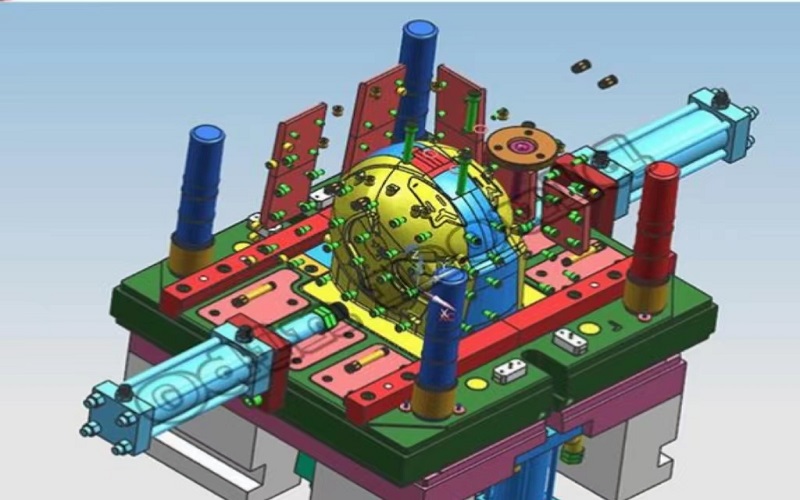Introduction
Helmet mould is the basic tools used to manufacture helmets.A helmet mould is typically made from durable materials like steel or aluminum that can endure high temperatures and pressures during the production process. The mould is divided into two parts: the core (also called the male part) and the cavity (or the female part). When these two parts come together, they create the complete form for the helmet.
A well-designed and properly manufactured helmet mould affects the final quality of the helmet. It ensures that the helmet has the right size and shape for maximum comfort. It also allows for the inclusion of various safety features and design elements, thus ensuring that the helmet provides the best protection for the wearer.
In this blog, we will explore in detail the process from initial conceptualization to final production that leads to the creation of safer and more efficient helmets.
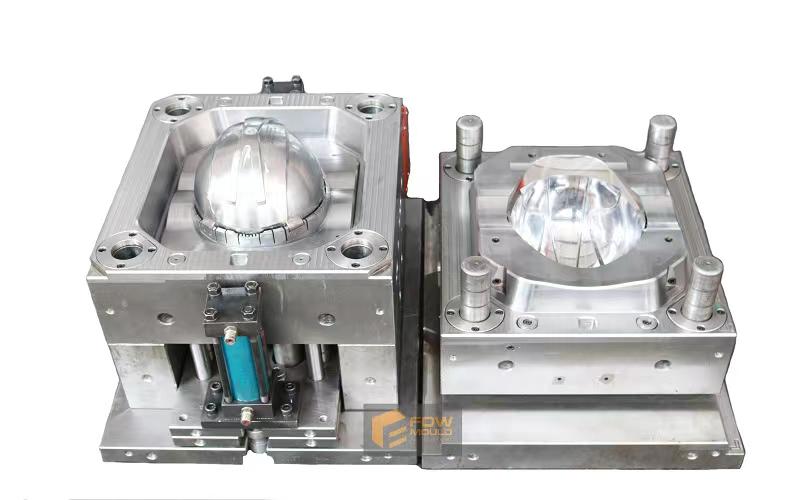
The Design Process of a Helmet Mould
The helmet mold design process is a multi-step process through which design concepts are transformed into tangible products that play an important role in ensuring the safety and comfort of helmet users.
First, implement an idea or concept for the helmet design. This includes consideration of the target users of the helmet, their needs, and the environment in which the helmet will be used. Sketches are usually made to visualize the idea and provide a preliminary design as a working basis.
Next, the sketch design is converted into a 3D model using computer-aided design (CAD) software. This includes the helmet design shape, size, contours, and details of features such as ventilation slots and attachment points can be shown.
Once the digital model is complete, a prototype is created, often using 3D printing technology, allowing the design team to evaluate the physical properties of the helmet design. Factors such as comfort, fit and aerodynamics are tested. If any flaws or areas of improvement are found at this stage, the design is modified and a new prototype is created. This cycle continues until a satisfactory design is achieved.
Manufacturing Process of a Helmet Mould
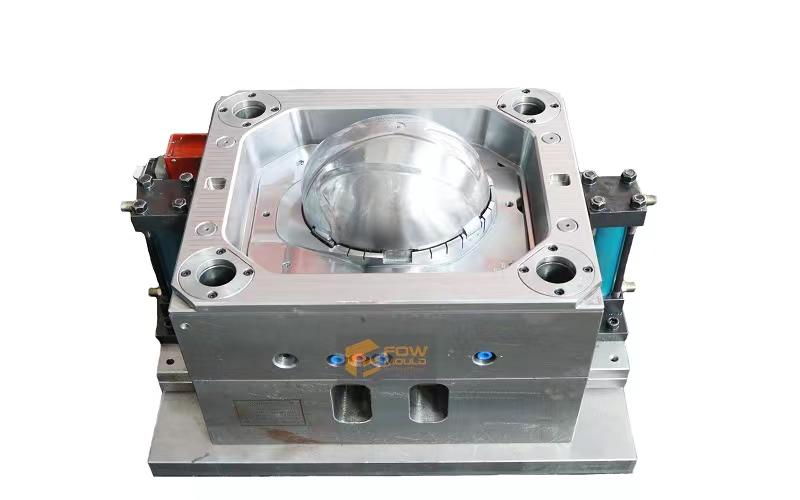
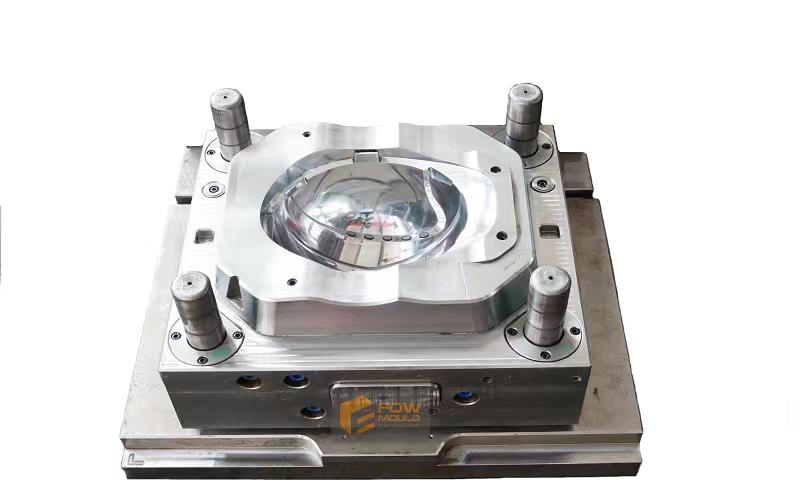
The first stage is to create a model using 3D printing based on the design and size requirements of the helmet. This model, usually made of materials such as resin or metal, reflects the accuracy of the helmet, including all its details such as curves, indentations and additional points.
Next, create the mold cavity and core. The main model is placed inside a box and liquid molding material, typically silicone or other similar rubber compounds, is poured around it. Once this material solidifies, it forms an exact replica of the shape of the main model, creating the master part of the mold known as the mold cavity. The hardened mold material separates from the main model to form the core.
Once the core and cavity are prepared, the actual helmet mold can now be cast. This is usually done by heating a durable material such as steel or aluminum until it becomes a liquid, which is then poured or injected into the cavity of the mold. Once it solidifies, it forms an exact copy of the original model.
After casting, the newly created helmet mould goes through a finishing process. This involves removing any excess material and smoothing out the surfaces. Depending on the design and mould material, processes like sanding, buffing, and polishing may be used.
The final step in the manufacturing process is quality checking. This involves inspecting the mould to ensure it matches the original design accurately. It includes checking the dimensions, verifying the shape, and confirming that all features have been correctly formed. Any flaws or errors found during this stage are rectified, and the mould may be re-cast if necessary.
Challenges in Helmet Mould Design and Manufacture
Producing high-quality helmets is a complex process that involves two key stages: helmet mold design and manufacturing. However, accomplishing this task is not easy and comes with various challenges.
Accuracy maintenance:Maintaining accurate dimensions during the mold design and manufacturing process is critical. To address this issue, CAD (Computer Aided Design) software can be used for design and CNC (Computer Numerical Control) machines for manufacturing to improve the accuracy and precision of helmet molds. Regular inspections and quality checks throughout the process can also help maintain accuracy.
Material Selection:Choosing the right material for the mold is critical. The material must be durable enough to withstand the high pressures and temperatures of the helmet manufacturing process. To address this issue, material testing should be conducted prior to mold fabrication to help determine the best material for a particular helmet type.
Incorporating Design Features:Certain complex elements such as vents such as vent holes, visor attachments and recesses for internal fill locations need to be incorporated when performing helmet mold design but may be difficult to incorporate into the mold. For this advanced design software can be used that can help incorporate these features during the design phase.
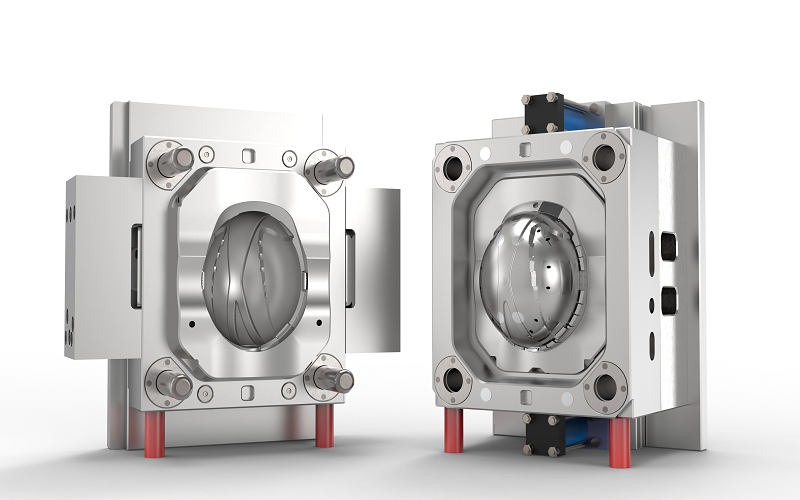
Application of Plastic helmet mould
Plastic helmet mould is crucial tools in the manufacturing process of helmets, which have wide-ranging applications across numerous sectors. Here are a few key applications of helmet moulds:
Industrial Safety Helmets
Plastic helmet moulds are used in creating helmets for various industrial and construction jobs. These helmets are designed to protect workers from falling objects, bumps, and electrical shocks. They often have mounts for attaching accessories like headlamps or face shields.
Motorcycle Helmets
One of the most common applications of plastic helmet moulds is in the production of motorcycle helmets. These helmets, which typically have a hard plastic outer shell made using the mould, are designed to protect riders from head injuries in case of an accident.
Children’s Toy Helmets
Plastic helmet moulds are also used to manufacture toy helmets for children. These include helmets used for children’s bike riding, play safety equipment, or as part of a costume.
Rescue Helmets
Rescue helmets are an essential piece of safety equipment for emergency responders. Plastic helmet molds are carefully constructed to withstand strong impacts and provide superior protection while maintaining a comfortable fit. Ensuring that the final helmet product is light weight, durable and able to absorb shock.
How to choose a helmet mould supplier
There are several key factors to consider when choosing a reliable helmet mold supplier. First and foremost the supplier has extensive experience in producing high quality helmet molds that meet safety standards. You should also look for a supplier that offers a custom service that can adapt the molds to your design requirements.
It is also important to consider the supplier’s lead times, pricing and customer service, as these will all have an impact on the overall success of your production process. Ultimately, ensure that your helmet manufacturing process runs smoothly and efficiently by carefully evaluating your options and selecting a reputable and reliable supplier.
As a leading manufacturer of injection molded products, FOW Mould is a one-stop solution provider for plastic helmet production needs. Using injection molding technology, we design and develop molds and injection mold high quality helmet products according to your requirements.
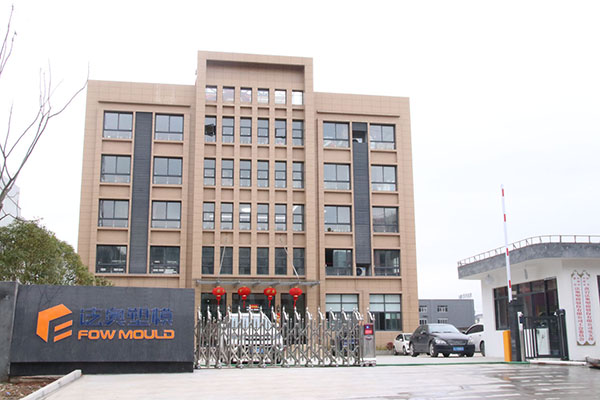
Conclusion
Overall, helmet mold design and manufacturing is not just about creating a product that meets minimum safety standards, but about designing a solution that enhances the user experience and safety. Future developments in technology and materials, coupled with a growing understanding of human factors and ergonomics, will allow us to create even more high-quality products.

